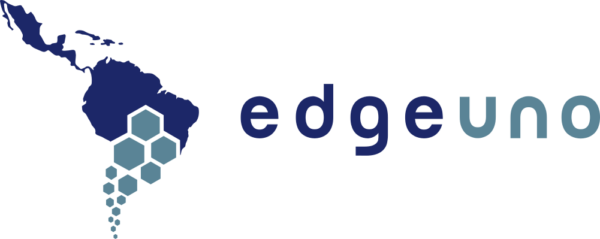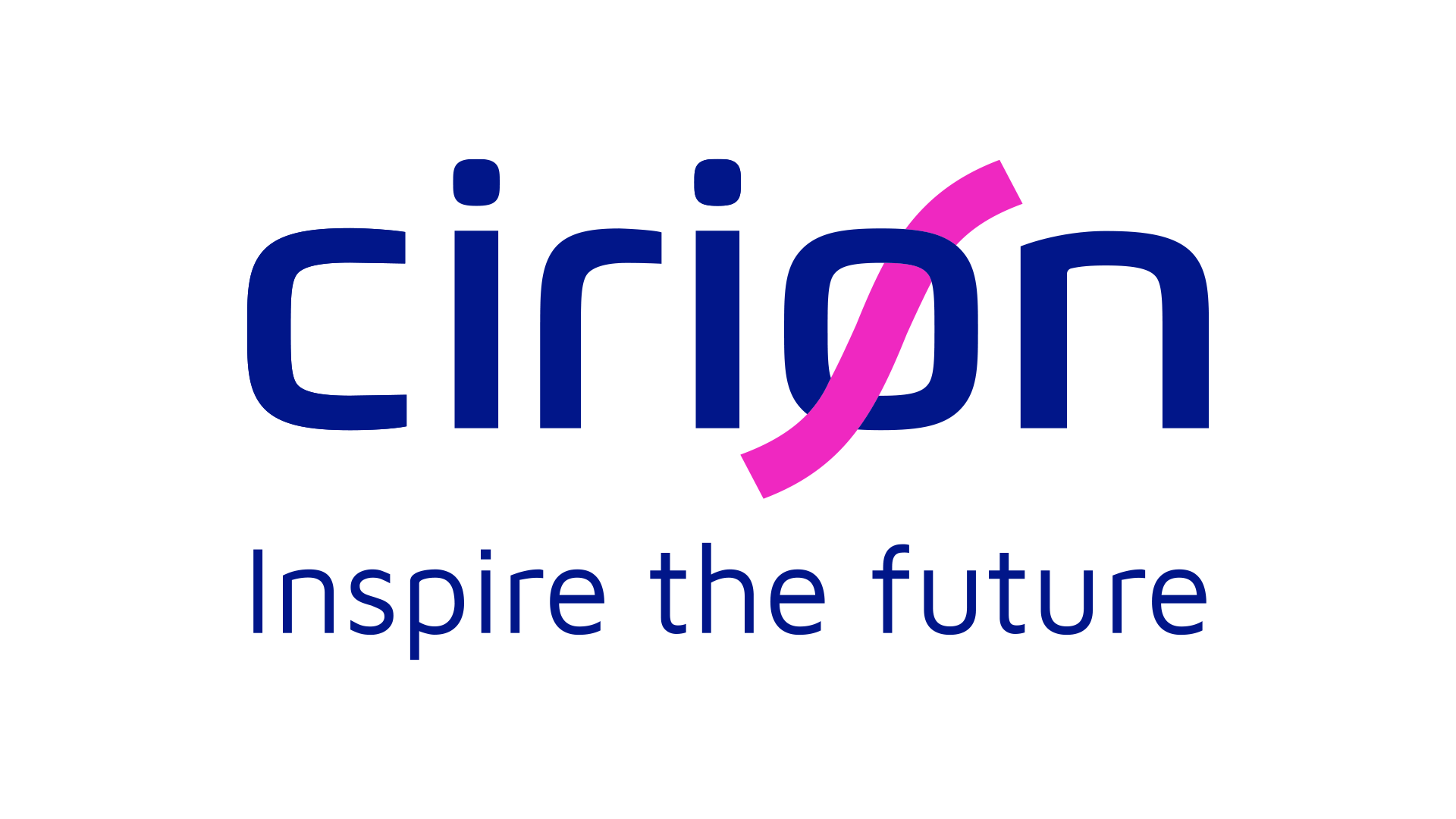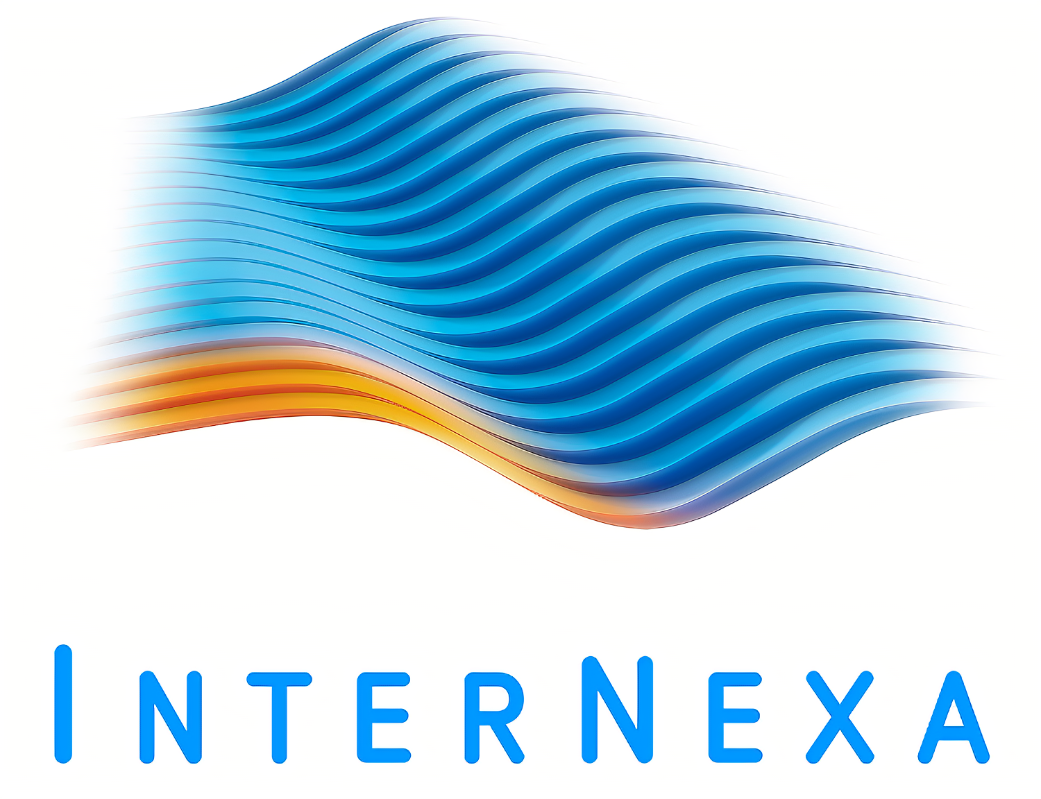Peru Data Centers Locations (12)
























About Peru Data Centers Market
Browse Data Centers in Peru
The Peru data center market is experiencing a significant surge in growth and investment, positioning itself as a key player in the Latin American region. With a projected investment of USD 200.5 million by 2028 and a compounded annual growth rate (CAGR) of 11.30% during the forecast period, the market is attracting attention from both domestic and international investors.
In this blog, we will delve into the latest trends and industry developments in the Peru data center market, highlighting what sets it apart and exploring potential future opportunities for growth.
Current Landscape and Growth Trends
The Peru data center market is witnessing substantial investment and expansion, with reports indicating a market size of USD 94 million in 2021, expected to reach USD 178.7 million by 2027. This impressive growth trajectory is further supported by the launch of state-of-the-art facilities such as the 250 sqm (2,690 sq ft) Uptime Tier III certified data center in Lima, which represents a USD 50 million investment. Additionally, the market is projected to grow by 6.53% from 2024 to 2028, resulting in a market volume of US$1044.00m in 2028, signaling a robust upward trend.
One of the key factors driving the growth of the Peru data center market is the increasing demand for data center services. The rapid digital transformation across various industries has generated a heightened need for reliable and scalable data infrastructure. This surge in demand has created a significant opportunity for data center operators and service providers to capitalize on the evolving landscape and offer tailored solutions to businesses seeking to enhance their digital capabilities.
Market Distinctions and Unique Selling Points
What sets the Peru data center market apart from its regional and global counterparts? Several distinctive features contribute to its appeal and potential for continued growth. Firstly, the strategic location of Peru as a gateway to South America positions the country as an ideal hub for data center infrastructure serving both local and international markets. This strategic advantage not only caters to the current demand but also paves the way for future expansion and connectivity with neighboring regions.
Furthermore, the innovative infrastructure and certification standards of data centers in Peru, as exemplified by the Uptime Tier III certification of the Claro Peru facility, underscore the commitment to providing robust, reliable, and resilient data services. These characteristics not only instill confidence in businesses seeking data solutions but also attract foreign direct investment, contributing to the overall economic development of the country.
Future Developments and Growth Opportunities
Looking ahead, the Peru data center market presents numerous opportunities for further development and expansion. The ongoing digital transformation across industries, coupled with the increasing adoption of cloud services and edge computing, is expected to fuel sustained demand for advanced data infrastructure. As a result, the market is poised to witness continued investment in the form of new facilities, expansions, and upgrades to meet the evolving needs of businesses and consumers.
Moreover, the emergence of renewable energy initiatives and sustainable practices within the data center sector presents a unique opportunity for Peru to position itself as a leader in environmentally conscious data infrastructure. By integrating sustainable energy solutions and adopting green data center practices, the market can align with global sustainability goals while simultaneously enhancing its attractiveness to environmentally conscious businesses and investors.
In conclusion, the Peru data center market is on a trajectory of rapid growth and transformation, driven by increasing investments, strategic advantages, and a strong commitment to innovation and sustainability. As the market continues to evolve, it is poised to emerge as a pivotal player in the Latin American data center landscape, offering unparalleled opportunities for businesses and investors alike.
GLOBAL
Top 7
Colocation Providers






